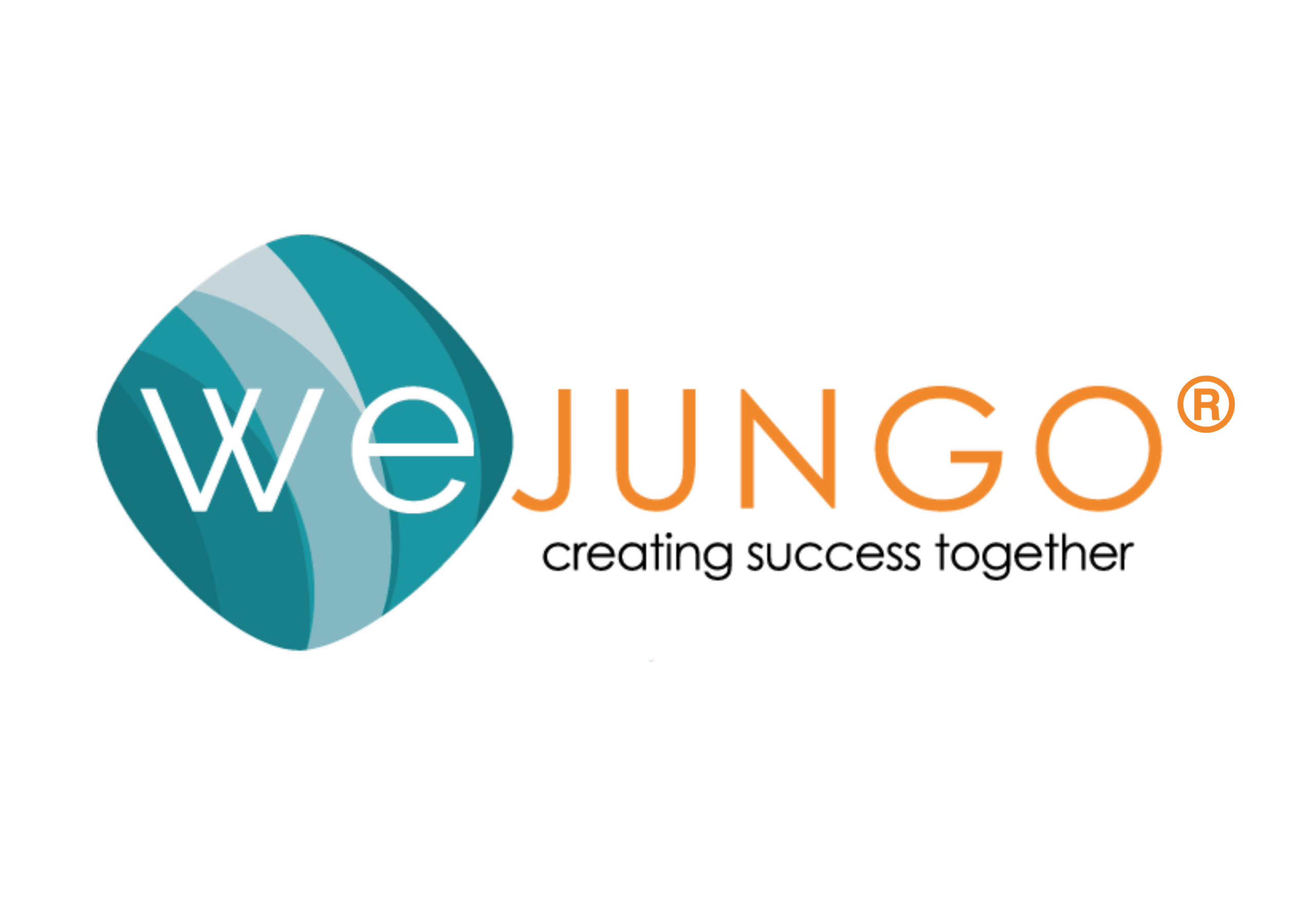3 Tips to Create Effective SMART Goals
Have you ever been passionate about an idea but didn’t know how to accurately achieve it?
Oftentimes when something is not accomplished or a goal is not achieved, it’s because we weren’t clear on what the path looked like specifically to get to the end.
Harvard University research notes that 83% of Americans do not have goals and fewer than 5% have written goals, much less SMART goals.

So, what are SMART goals and why is this important?
Luckily, here at Wejungo we live and breathe SMART goals from day 1 as employees to our owner utilizing the methodology. In fact, our quarterly performance reviews with each employee result in a SMART goals plan to utilize in the next 90 days to ensure improvements, developments and growth of our team!
SMART is an acronym for:
Specific- An easy way to remember is to think about the five W’s, why, where, what, when, and which. Be as specific as you can be when creating your goal.
Measurable- How will you measure your goals? Use quantifiable metrics.
Achievable- Which tools would you need to accomplish the goal?
Relevant- Ensuring your goals are achievable and consistent.
Time-Bound- Create a timeline to accomplish the goals. Without a timeline, you may find yourself not accomplishing the goal.
What are SMART goals and why are they so important to do correctly from the beginning? As Professor Robert S. Rubin stated in his review on SMART goals, “the value of SMART goals is that it focuses people on the act of setting goals and prompts discussion of these goals with others—which in and of itself holds merit”. SMART goals add structure to your vision and assist the process by overcoming overwhelming goals.
We have found even if someone understands the SMART goal acronym, it still takes skills to create specific enough SMART goals for them to be effective. This will take practice and a few tips from us!

Here are 3 tips we suggest you use to create effective SMART goals:
TIP #1 Allow Room for Growth
Plans aren’t always perfect, even if we hope they’d be. At times, we can be set to one path and become close-minded when we want something done a certain way. It’s okay to come across multiple challenges throughout the journey, use it as a way to learn and grow. The SMART goal format allows you to not only accomplish your goals, but to also be open with other possibilities that can come from accomplishing very specific steps/actions towards your main goal… SMART goals are meant to provide a crystal clear path, outlining the steps, measurables, and timelines for your goals.
Ask yourself- why am I creating this specific goal?
Always question yourself with every detail that’s put into the SMART goal. Why? This allows you to determine the right goals and filters out unnecessary ones.
When you’re planning out your goals, you may think it’s important to include a specific idea, but it may not align with the final outcome. In some cases, goals may become either too easy or too hard, and it’s okay to revise your goals. Reminder, if you’re working with a team make sure you’re communicating these changes with them!
TIP #2 Evaluate Key Resources
To ensure your goals are achievable, it’s important to have the right tools and resources easily available to you. You never plan a trip without having the necessary packing items and equipment, right?
It may be hard to accomplish goals without certain tools/resources because it can ultimately set you up for failure. When creating a goal, always be aware of the imperfections because this will help you adjust the goal. For example, if you’re creating a system for your company on how to train new employees, think about WHO will be training, HOW much time will it take to train them, or WHAT might be the challenges that will come up and DO you have enough resources to complete this?
Always take inventory of your current resources and establish a realistic, specific goal from there.
TIP #3 Measure, Measure, Measure
Always make sure your SMART goals are measurable because the more specific criteria you include, the more effective they’ll be. Measurable elements such as timelines and deadlines are important because it allows you to assess whether you’re on track or need to adjust your approach. Having a defined timeline helps prioritize tasks, creates a sense of urgency and prevents goals from lingering longer than they should.
We suggest you set a timeline of 30, 60 or 90 days to accomplish your SMART goal, and revisit your progress every 2 weeks. You may find you need to allow more time or less time as you progress.
Here at Wejungo, we accomplish our quarterly goals individually and as a team by using the SMART goals method efficiently. From projects to volunteer opportunities, we create a plan and encourage collaboration to meet these SMART goals.
What also makes us successful is we embrace positivity, listen to one another, and share knowledge, and lastly, we take accountability, which allows our team to feel confident and supported!
Have you or your team used the SMART goals method? If so, what was the outcome? If this is the first time you’re learning about SMART goals, please let us know your thoughts!













